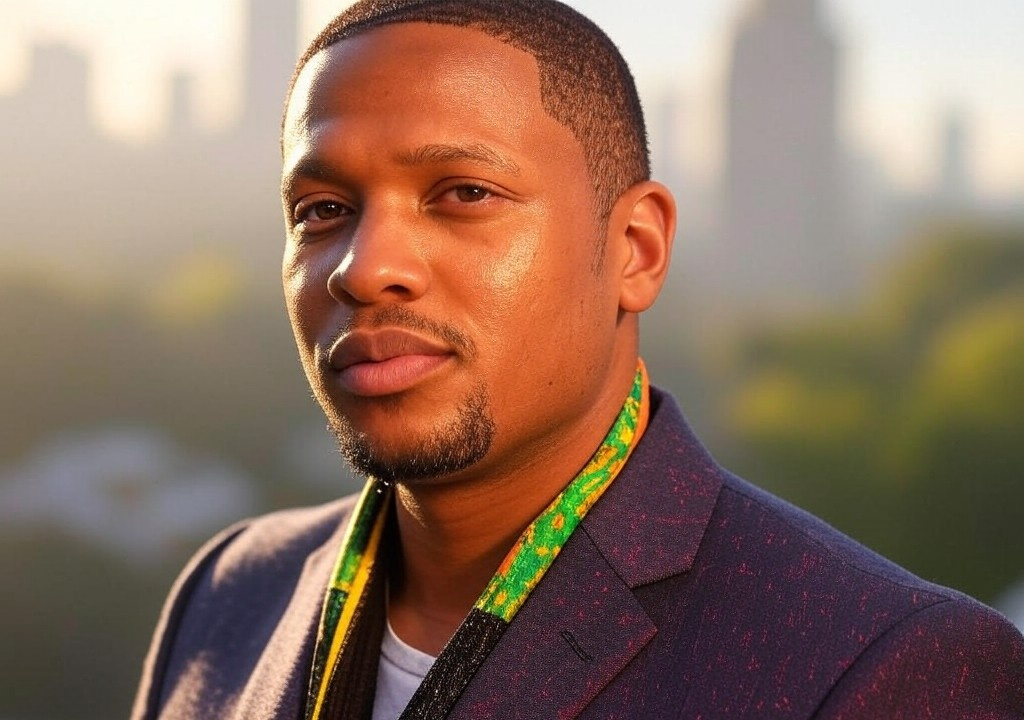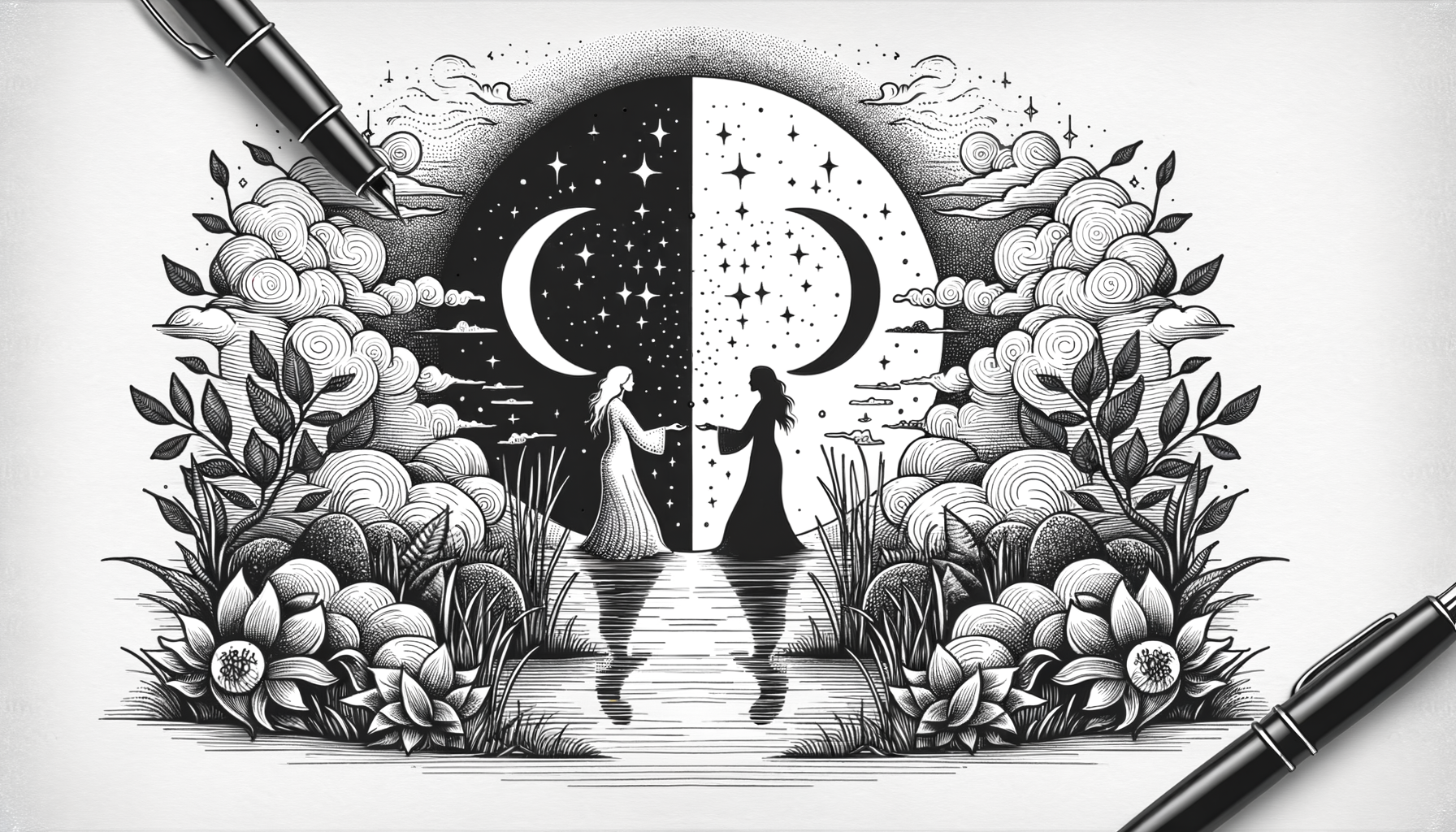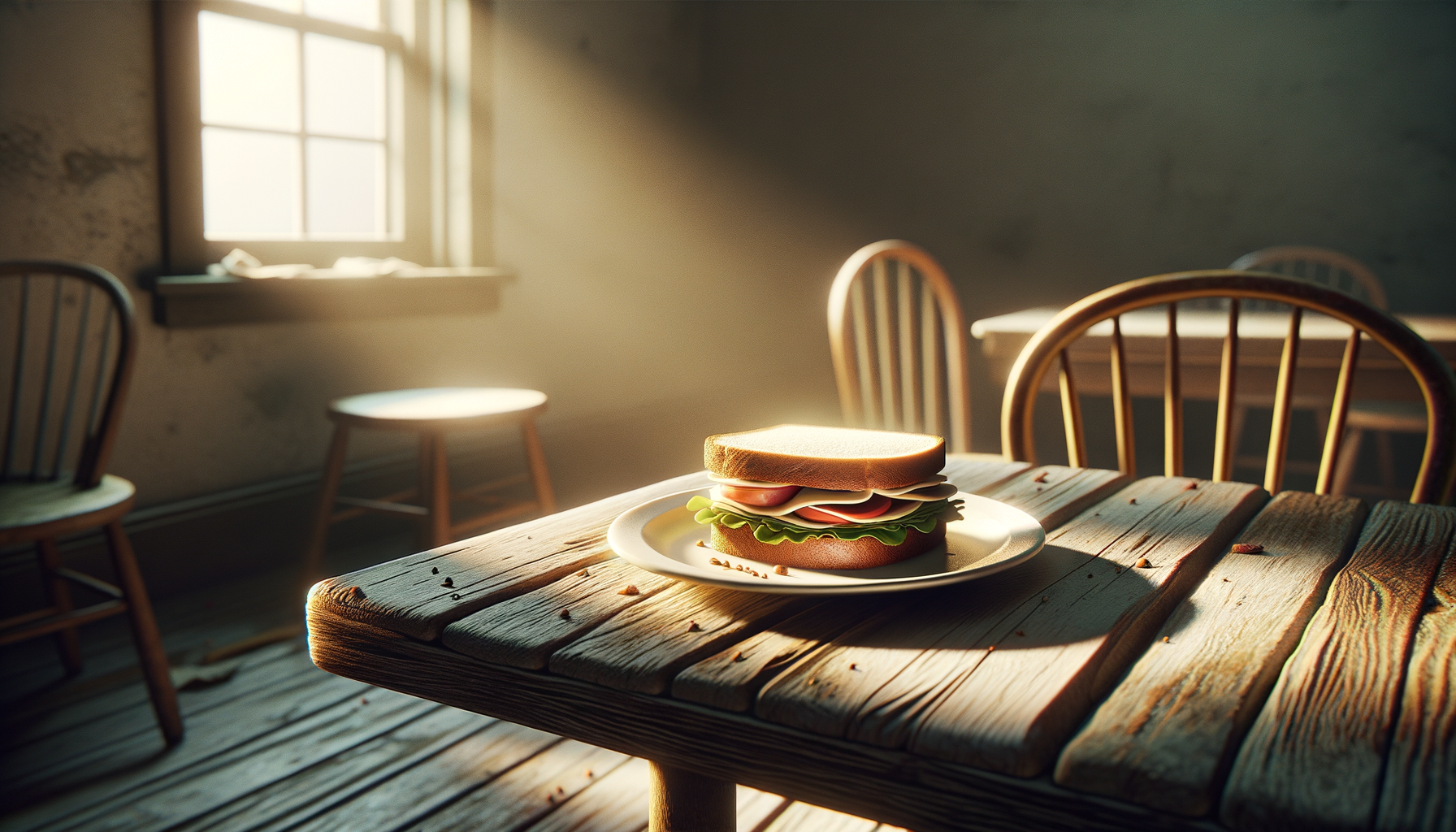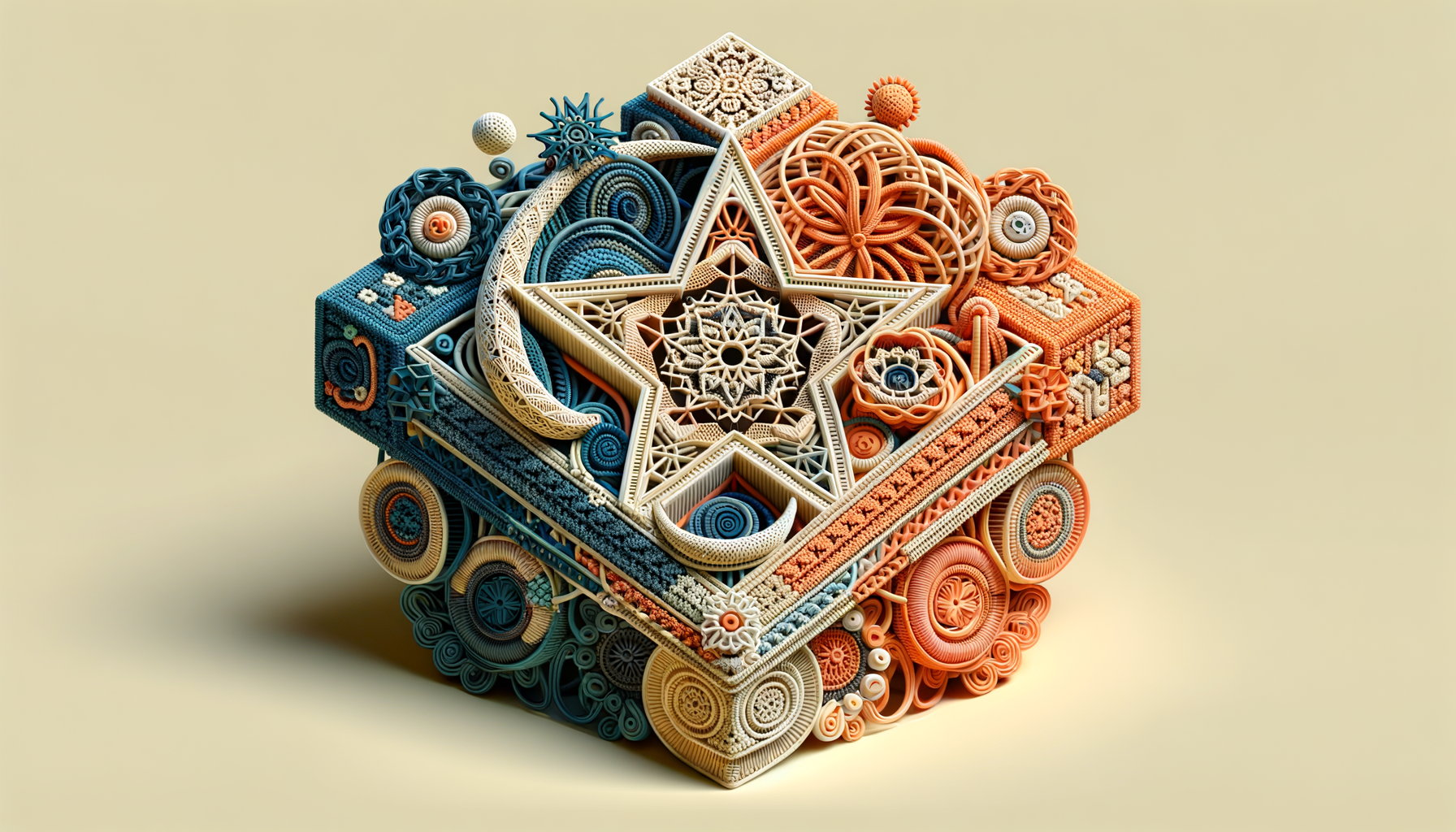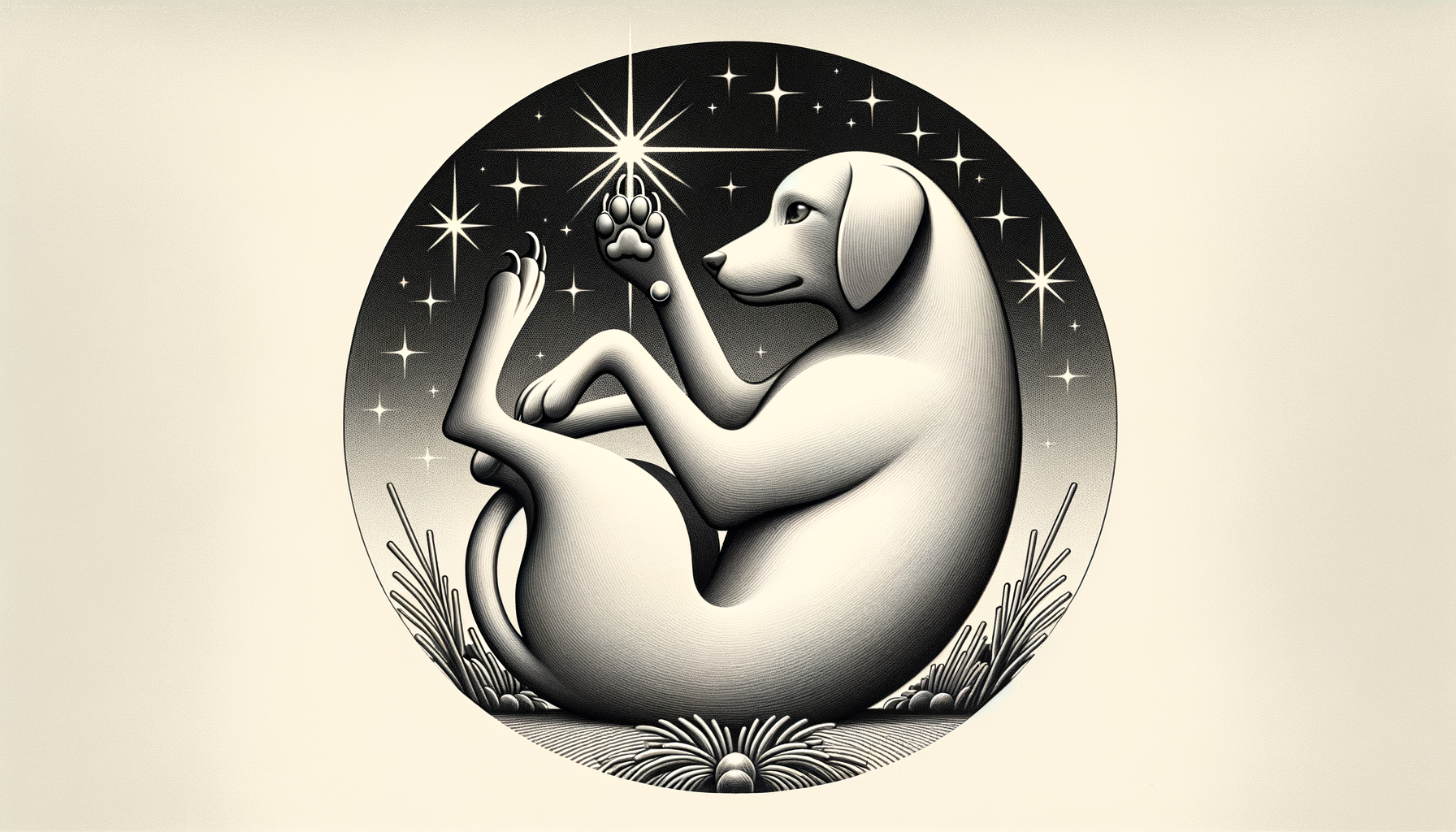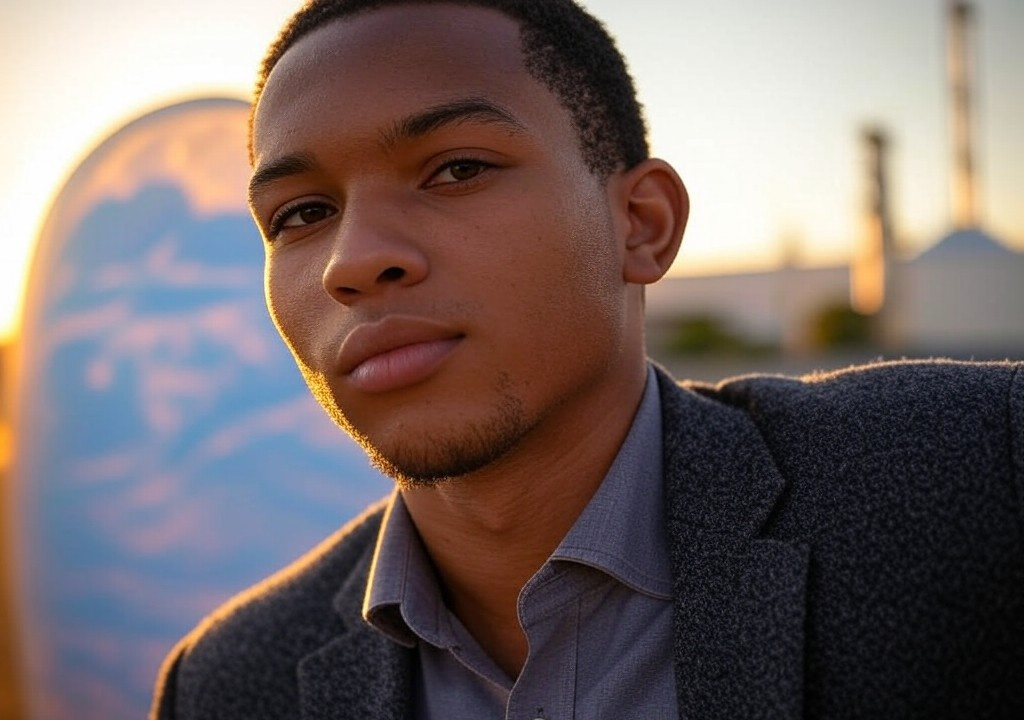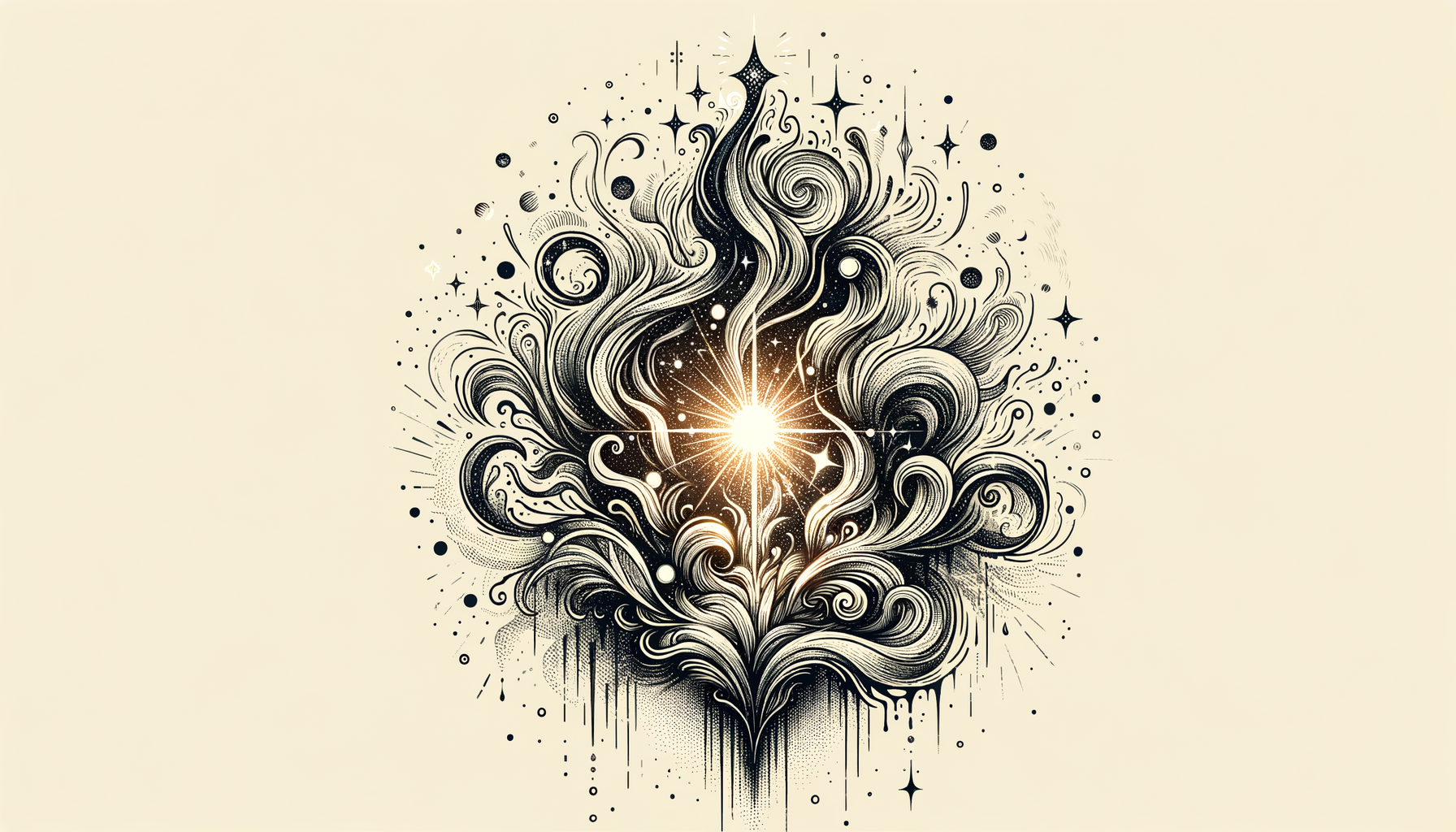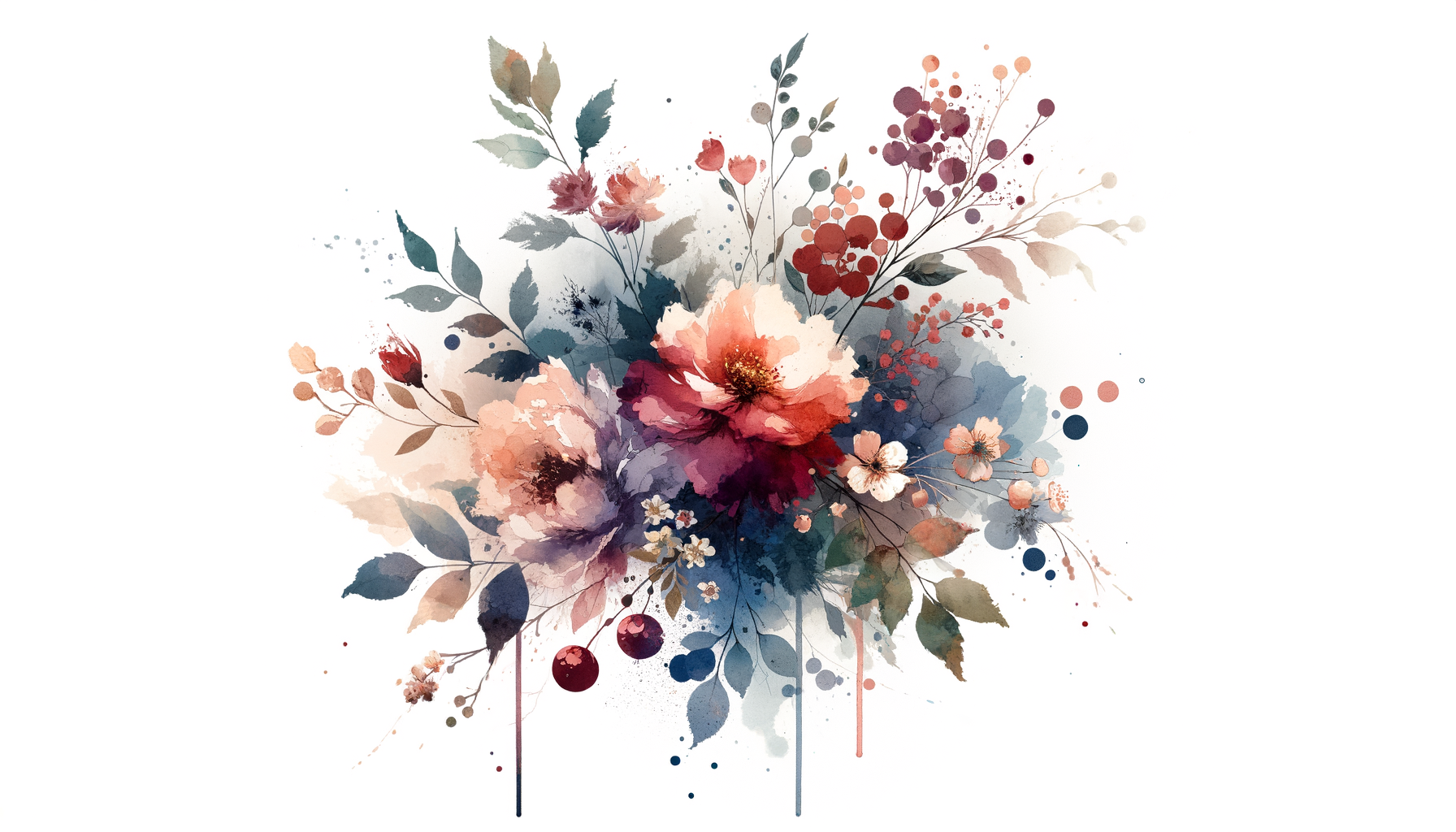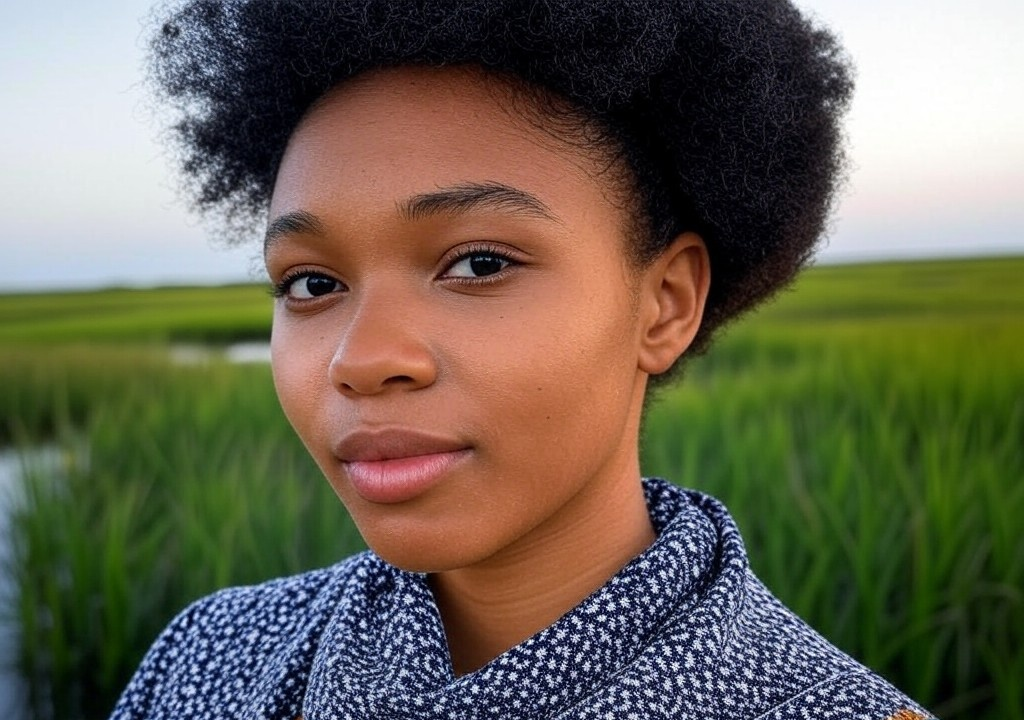It starts at Jamaican family cookouts: my Sunday mornings yelled into rhythm with Bob Marley’s “One Love,” the smell of ackee and saltfish battling last night’s lingering yard smoke. By dinner, I’d trade all of that for debates at the table in my D.C. living room, deciphering the latest twist in government policy with friends fresh off the Hill. Me, the quiet observer, shaped by both my parents’ unshaken patois and the slick language of Capitol Hill briefings. And somewhere in between those voices—between being “Marcus from Trenchtown roots” and “Marcus, Georgetown grad in a navy suit”—I’ve learned to thrive in that in-between space I’ve come to call home.
It’s a delicate dance, living between worlds. And I didn’t realize just how deeply those dualities shaped me—personally, professionally, and romantically—until much later. When you’re navigating the push-and-pull of intertwining cultures, the tension can be electrifying, sure. But you also face moments where you’re convincing yourself (or someone else) that the worlds you straddle make sense together.
Turns out, it’s the same thing when it comes to dating. Let me explain.
The Code-Switch in Romance: Can You Be Too Many Things?
There’s a phrase the elders in my family love to say: “Yu cyaan siddung pon two chair same time.” Or, for those unfamiliar, you can’t sit on two chairs at the same time. Essentially: Pick a lane. But what they never prepared me for was what happens when you are the two chairs.
Take my first serious relationship as an example. She was sharp and self-assured, a New York theater kid who could dissect Aristophanes as easily as she quoted Kanye West’s Late Registration. I, on the other hand, had grown up unpacking elections and reggae lyrics with equal intensity. On the surface, we meshed perfectly—multi-hyphenates navigating big dreams on big stages. But the cracks appeared in subtler moments. She’d laugh at my random D.C. slang, and I’d bristle when her “art-world friends” would pause too long when I mentioned growing up in Riggs Park.
It wasn’t just cultural differences; it was a balancing act, one that required me to constantly shift between pride in my roots and the pressure to “fit” into a different world. I’d find myself downplaying my Jamaican heritage in spaces where I wasn’t sure it would “land.” Equally, I’d laugh it off when family teased me for becoming “too Georgetown,” as though ambition were a betrayal. Essentially, I became fluent in code-switching—adjusting not just my words but the way I showed up in different spaces.
It was charming at first. Hell, I felt like a romantic shapeshifter. But over time, juggling multiple identities in a relationship became exhausting. You start wondering: If I’m flipping this many switches, am I still showing up as me?
In Defense of Duality: Why Compromise Shouldn’t Mean Disappearing
If there’s one thing being raised in a Jamaican-American household taught me, it’s that dual identities can be your magic—not your burden. What works at the breakfast table doesn’t always translate to the policy table, but it doesn’t mean they can’t coexist in harmony.
The key (and, honestly, the hardest part) is learning when to blend and when to stand firm. Let your worlds meet on YOUR terms.
For example, dating someone who shares your cultural shorthand can feel like a cheat code. My last girlfriend? Her mom’s people were from Antigua, and—let me just say—nothing bonds two Caribbean millennials like debating which island makes the best curry goat (Jamaica wins, but I’ll indulge you, Barbados). We had a shared vocabulary—you learn how to find humor in your parents’ obsession with WhatsApp chain messages, and you both breathe a sigh of relief knowing no one will disrespect rice and peas by calling it “beans and rice.”
But even when you’re dating outside of that shared culture, merging worlds is possible with a little collaboration:
- Be Patient with Curiosity. Let your partner fumble with your dad’s accent or butcher the dance moves to “Turn Me On.” It’s endearing, and that vulnerability is proof they care.
- Bring Each Other Along. Buy tickets to see their favorite artist. Drag them to the next Caribbean Carnival parade. Dual worlds only work when both people are willing to swap spaces from time to time.
- Don’t Erase. If you constantly fold just to “make it easier,” you’ll end up resenting them. It’s not your job to shrink so someone else feels comfortable. Remember: part of dating you is also celebrating the full version of you.
Lessons From the Spaces Between
If I’ve learned anything, it’s this: When you grow up living between worlds, you might feel like you don’t completely belong to either. But the truth? You belong exactly where you are.
Your “in-between” is where your flavor is born. It’s why you know how to navigate entire rooms with a quick smile and a charming joke. Why nothing about you folds neatly in a box. And yes, this complexity extends to dating—it can make relationships messier but also infinitely richer.
For me, the trick was reframing those moments of duality as doors, not walls. When one world doesn’t fully understand the other, invite them in. Whether it’s teaching someone the joys of saying Grace before a Sunday meal or confidently explaining why go-go music is unmatched despite its reputation, intimacy grows when you bridge those gaps. You learn how to honor your story while making space for someone else’s. That’s the goal.
Conclusion: Owning Your Story
Here’s the big secret: Once you stop seeing your dual worlds as a liability, they become an asset. Like dating in D.C. (where every brunch conversation feels like networking), your cultural identity isn’t something to mute; it’s your superpower.
So, next time you’re weaving your way through a relationship—straddling what might feel like two opposing forces—take a step back. Embrace your “both/and.” Glow in it. Because if your partner’s worth their salt (preferably with a side of fried plantains), they’ll recognize what makes you, YOU: A little bit of Jamaican spice, a little bit of D.C. swagger, and a whole lot of brilliance living in-between.


